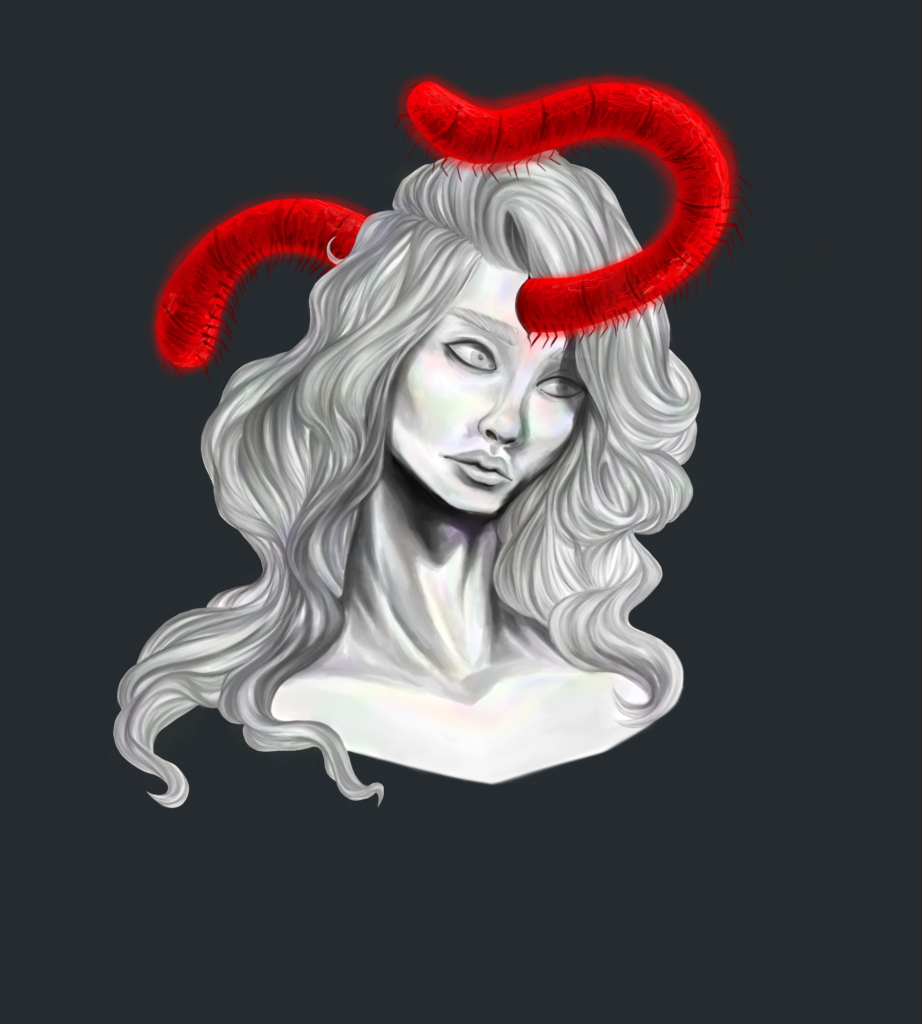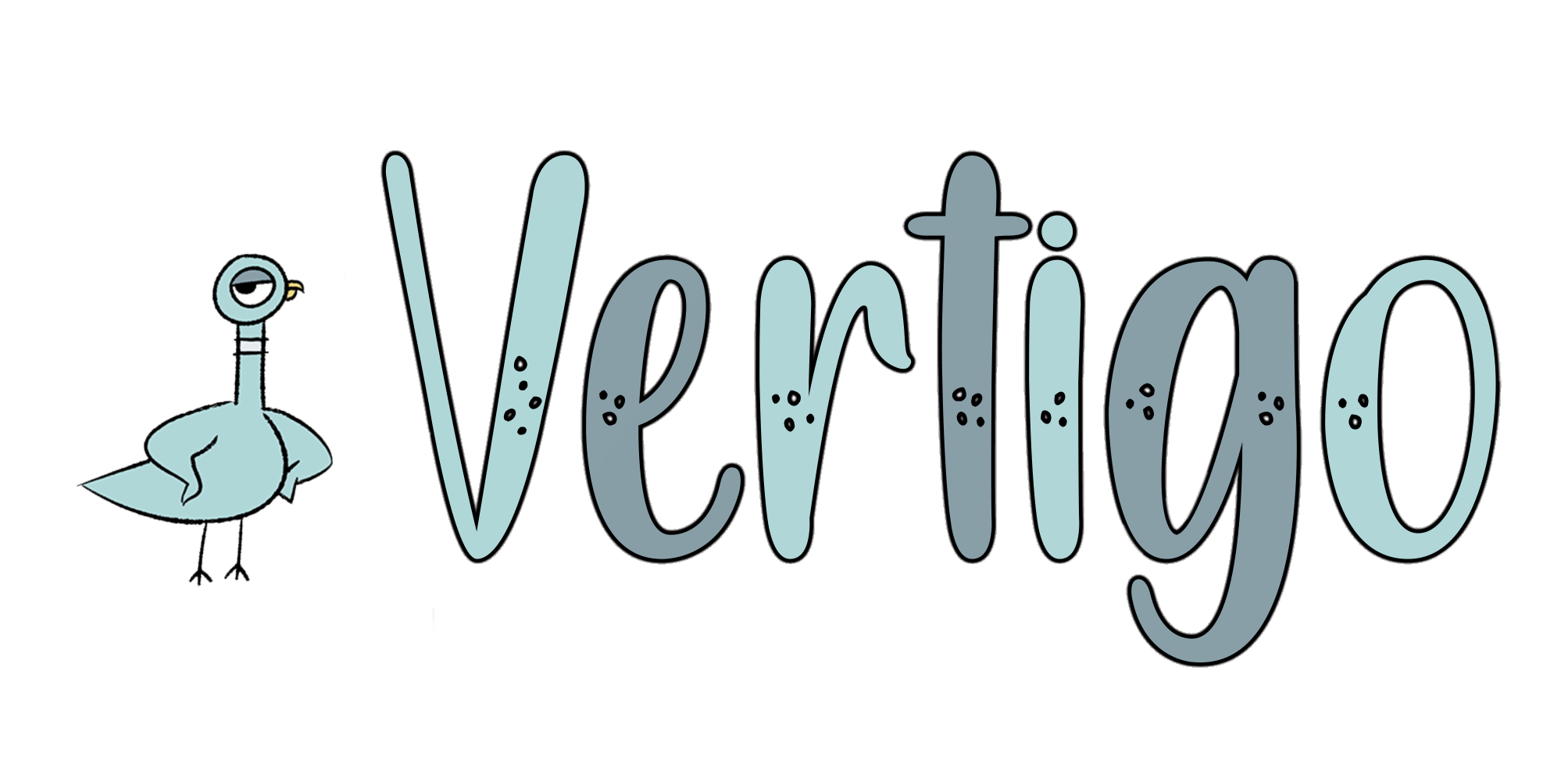Garden
Sophie Guan & Christy Yu

I remember distinctly the first time I noticed her. She wore white that day and the splashes of glitter on them made her the most vibrant creature in the flaxen garden she was tending to after school. It was winter and winter made everything dead and cold, but I supposed the bristling cold woke me because, despite my weariness, I stopped to watch her. Something about her was strange so I moved a little closer. She immediately shrank away and something red trailed after her.
That night, as I laid awake thinking, I realized it was a bug. Now, I wasn’t an expert on bugs (and I still am not) but I knew enough that it was too big to be a firefly. It was the size of my palm—a cold shudder ran across my back—and it was sitting at her nape, glowing like a jar of suffocated fireflies.
Well, the next day I decided to pay her a visit, hoping to let her know that bugs were, after all, not always friendly. I saw her outside her school as I was driving by. A few girls walked behind her, snickering at her, and her face was downcast in obvious evasion. The bug had moved to her shoulder and was sitting comfortably. Its head (at least, I hope that was its head) rested by her neck. It looked as if she was speaking to the bug and I was cautious in approaching her. In fact, I was questioning whether or not I should speak to her when she saw me first and froze in her steps. She looked terrified and I was terrified as well because the bug was looking at me. Suddenly, I was never more awake in my whole entire life.
I walked up to her and asked if she was alright. The bug—the bug—nodded and I nearly screamed if it wasn’t for her quick timid nod that immediately followed. Her hands were clutching the straps of her backpack tightly and I wonder if she knew there was a bug sitting on her shoulder. She blinked at me like I was crazy when I asked, so I smiled shakily, said it was nothing, and went my way. The next day, when I saw her again in the garden, the bug had grown into the size of a softball. And for the next few weeks, I observed her keenly and it appeared to me that it was a linear function. The correlation between the decay of her garden and the size of the bug was a strong positive. Of course, correlation does not imply causation and my observations revealed some other factors: the sadder she was as she was walking out of her school, the faster the bug grew. It seemed to me that the bug was absorbing her sadness. But with size came great mass and the bug was slowly impeding her movements. One time I caught her at night and it was no longer a red trail that followed her. Instead, it was like that of a slow, burned-out car, inching along toward twilight.
I finally sat her down one day (the bug sat as well) and told her gravely, “there’s a bug on your shoulder.” However, I was wrong. The bug wasn’t on her shoulder anymore; it’d migrated to her head and it sat atop her like a bloody crown. And it was looking at me. And I stared back, suddenly wondering if this was what had inspired Nietzsche’s famous abyss statement. I broke contact.
“You can see it too?” she whispered. “It’s my friend. Nobody wants to be my friend.” The bug nodded in agreement. At that point, I was once again petrified. There was something haunting in the way it latched onto her and permeated sorrow around the small table we occupied. It was her sorrow but stronger, amplified by the bug.
After that, she wouldn’t talk or see me anymore. I think it was the bug who told her to evade me. I caught only glimpses of her red coat as she tended to the garden in the cold mornings. Despite her youthful appearance, she moved sluggishly like an old lady. Her unmarred, fragile face was constantly twisted in sorrow and she was always talking to the bug. Halfway through winter, she stopped moving altogether and stood frozen in the garden as if Medusa had paid her a visit. I saw it when the police found her a week later. Against the night sky, the red light atop her hand made her the brightest creature in the dead garden.
